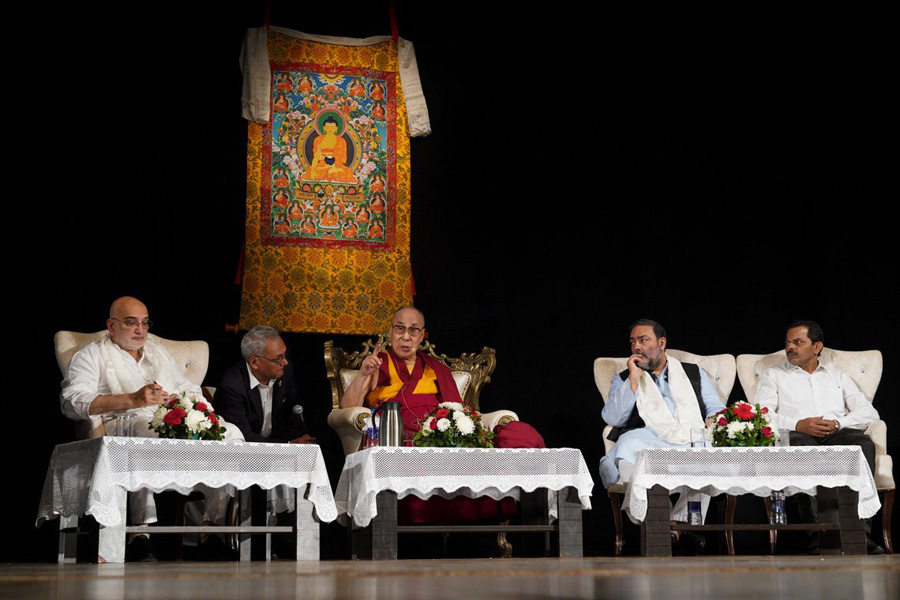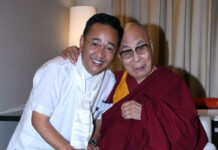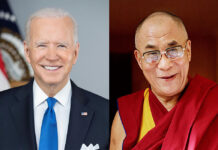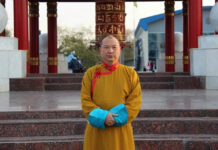
(TibetanReview.net, Dec12’19) – Along with leading a symposium on the ‘Relevance of Ancient Nalanda Teachings in our Modern Times’, the Dalai Lama on Dec 11 launched the Dalai Lama Chair for Nalanda Studies at Goa University. The venue was the Kala Academy Auditorium. The chair will be a visiting fellow position with scholars visiting Goa University to shed light on aspects of the Nalanda Tradition of Buddhism.
The chair will be funded by HH the Dalai Lama Foundation for Universal Responsibility, New Delhi.
The Dalai Lama was joined by Mr Rajiv Mehrotra, Secretary of the foundation; Vice-Chancellor Varun Sahni of Goa University; university Registrar YV Redd; and Dr Anita Dudhane to discuss the new chair at the University. Dr Ajit Parulekar, Director of Goa Institute, which was developing and implementing a secular ethics programme, also joined the discussion.
The Dalai Lama has said he viewed the establishment of the chair as his contribution to his commitment to revive interest in ancient Indian knowledge.
He was quoted as saying: “The Nalanda Tradition was introduced to Tibet in the eighth century by Shantarakshita. And although the knowledge it preserves is contained in religious texts, it is universally applicable. The world needs this knowledge today. In Tibet, we kept this understanding alive, but it is only now that our scholars are beginning to engage with their counterparts in modern universities.”
Vice-Chancellor Varun Sahni was quoted as telling a gathering of more than 1500 people, including 200 watching screens outside, “Holders of the Dalai Lama Chair will focus on ancient Indian knowledge in combination with modern education.”
“The Nalanda masters were all Indian. When the university fell in 12th century the world would have lost the knowledge it preserved if it had not already been passed to the monasteries of Tibet. Now, it can be transplanted back to universities in India,” Sahni was further quoted as saying.





